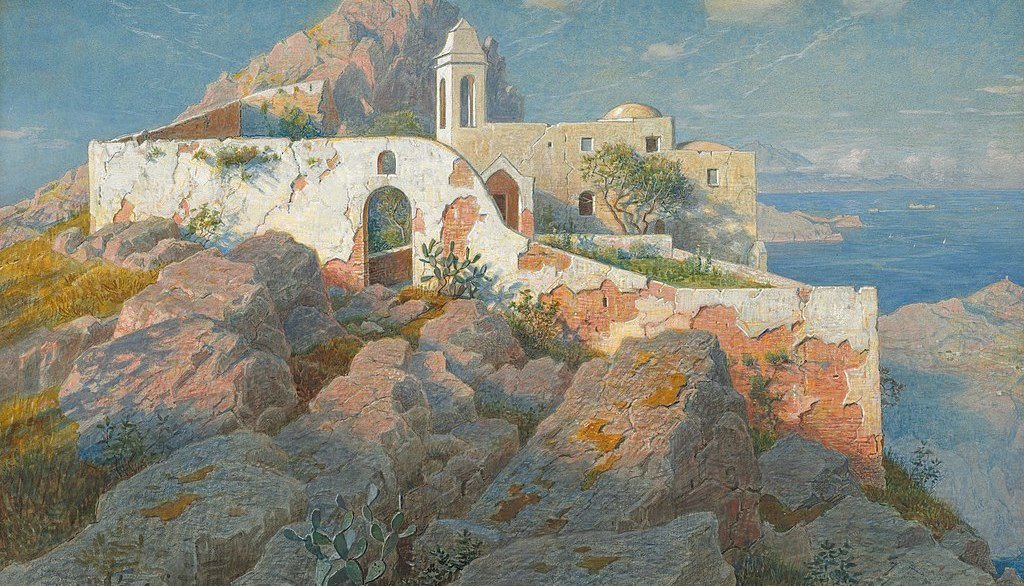James MacMillan’s Larghetto for Orchestra: Chorale and Plainchant
In his “constant, restless search for new avenues of expression,” the eminent Scottish composer, Sir James MacMillan (b. 1959), embraces tradition. MacMillan, whose catalogue includes five symphonies, six operas, a handful of concerti, and numerous sacred choral works, cites Scottish folk music and “the timeless truths of Roman Catholicism” among his influences. His Larghetto for Orchestra transforms the orchestra into a series of choirs, with echoes of ancient plainchant and contemplative liturgical …






